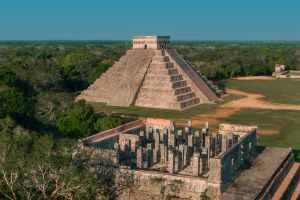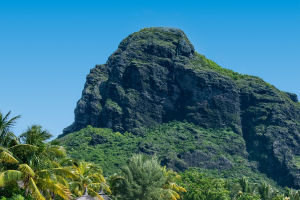The Ischigualasto Provincial Park, also known as the Valley of the Moon, is nestled in San Juan, Argentina. This UNESCO World Heritage Site is a haven for nature lovers, paleontologists, and geology enthusiasts.
With its breathtaking lunar landscapes, unique biodiversity, and fossils dating back to the Triassic period, it offers a fascinating glimpse into Earth’s history.
Geographical Location
Situated in the northwest of Argentina, Ischigualasto Provincial Park lies within the Valle Fértil and Jáchal departments of San Juan province. It is just 20 km from the iconic Talampaya National Park in La Rioja province. Its geographical coordinates, 30°09′46.96″S 67°50′34.05″W, make it easily accessible through well-maintained roads, ensuring a seamless connection to its wonders.
Historical Significance
Protected Area Declaration
The park was declared a Protected Area on November 3, 1971, due to its unmatched paleontological significance. This status was further elevated when UNESCO declared it a World Heritage Site in 2000.
Contributions of William Sill
The paleontologist William Sill played a pivotal role in securing global recognition for the park. The Interpretation Center, named in his-honor, showcases fossils that help understand dinosaur evolution, enriching the experience for visitors of all ages.
Management and Sustainability
Dear Lykkers! The park operates under a robust Management Plan, emphasizing the preservation of anthropological heritage, support for local communities, and sustainable tourism development.
Unique Geological Formations
The Bowling Alley
Known locally as Cancha de Bochas, this site features spherical rock formations, a natural marvel that fascinates geologists and visitors alike.
The Valley of the Moon
This iconic area is characterized by its erosion-sculpted rock formations, resembling a lunar landscape. The whimsical shapes of rocks here offer an otherworldly experience.
The Mushroom and The Submarine
These formations, aptly named for their resemblance to a mushroom and a submarine, are favorites among photographers for their striking appearance.
The Worm
El Gusano impresses with its sinuous, worm-like shape. Sunrise and sunset accentuate its beauty, making it a must-see during those times.
Geological Layers and Formations
The park is divided into several geological formations, each with unique characteristics:
Talampaya and Tarjados
These reddish-brown sandstone formations date back to the Lower Triassic period and showcase sediments from ancient alluvial fans.
Chañares and Los Rastros
These layers feature fossils of plants, vertebrates, and invertebrates, providing a rich glimpse into the Middle Triassic.
Ischichuca and Ischigualasto
Fossil-rich formations containing vertebrate remains and plant fossils from the Triassic period, showcasing the evolutionary timeline of life on Earth.
Los Colorados
The youngest Triassic formation in the park, characterized by its red sandstone layers, contains large tree trunks and vertebrate fossils.
Biodiversity of the Park
Flora
Despite the arid environment, the park is home to resilient plant species such as cacti, jarilla shrubs, and white carob.
Fauna
The fauna includes foxes, guanacos, maras, and diverse bird species, thriving in this challenging habitat.
Climate and Practical Tips
Climate Characteristics
The region’s arid and semi-arid climate results from its position near the Andes. Extreme temperatures and significant daily fluctuations are common, requiring layered clothing and sun protection.
Park Hours and Fees
The park is open year-round. Entry fees are affordable, with guided tours and activities available at additional costs.
Park Regulations
Visitors must adhere to regulations, including staying on marked trails, not feeding wildlife, and avoiding the collection of rocks or plants.
Accommodation and Dining Options
Visitors can find accommodations in nearby towns such as San Agustín del Valle Fértil and Villa Unión. Options range from hotels to guesthouses, offering a variety of amenities and prices to suit all preferences.
For a closer-to-nature experience, camping facilities near the park include basic amenities, a restaurant, and a shop for supplies. Local cuisine showcasing typical Argentine gastronomy is a highlight for visitors.


